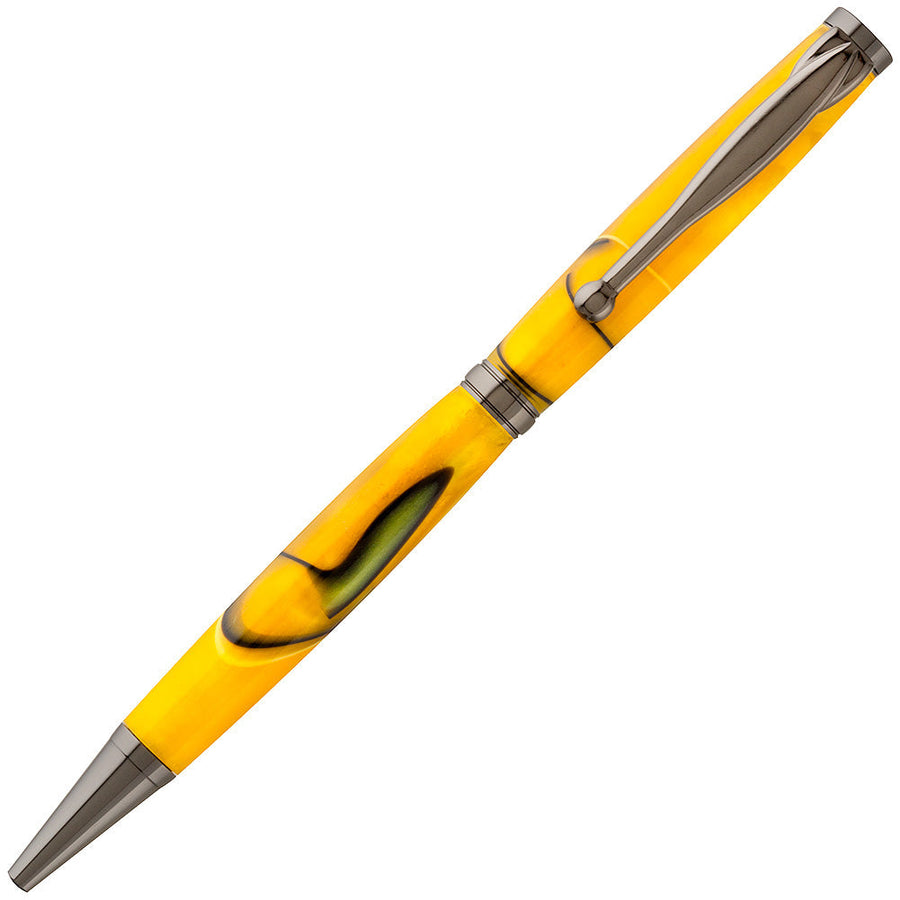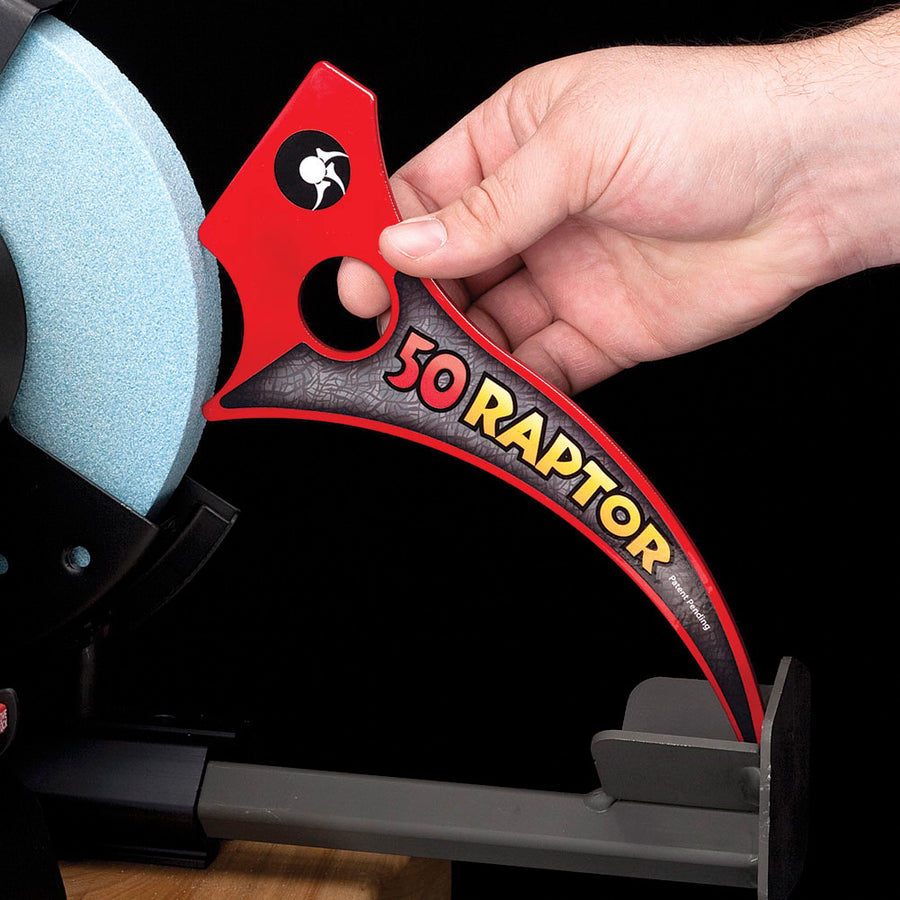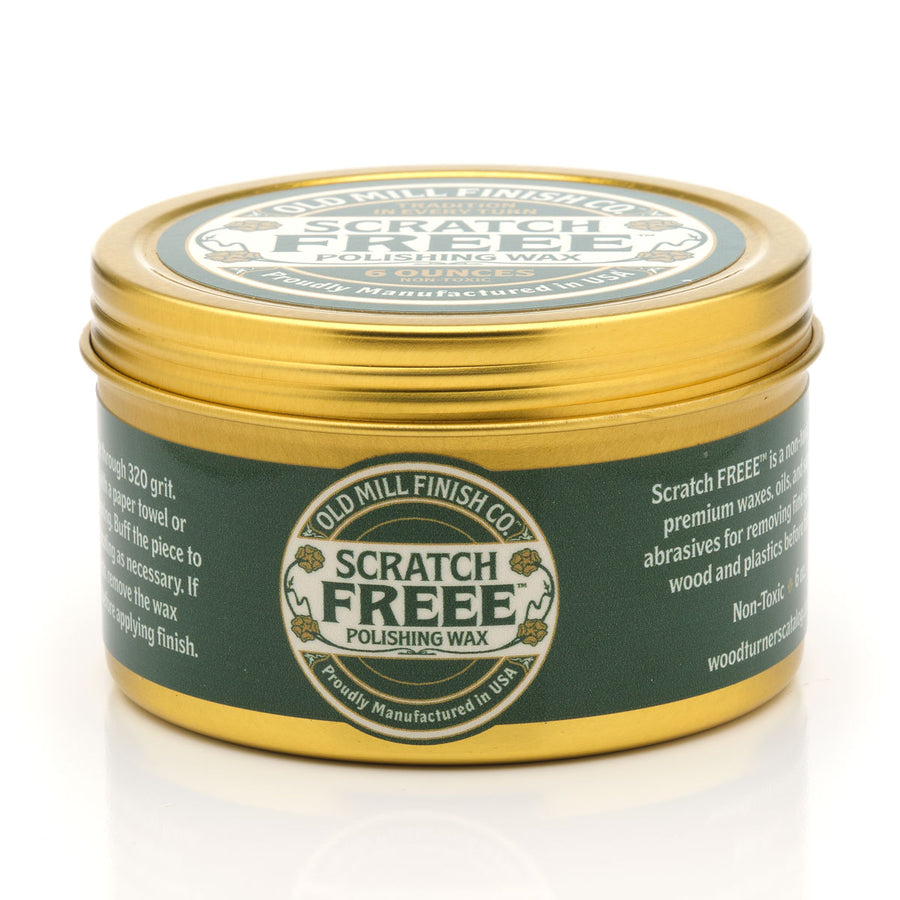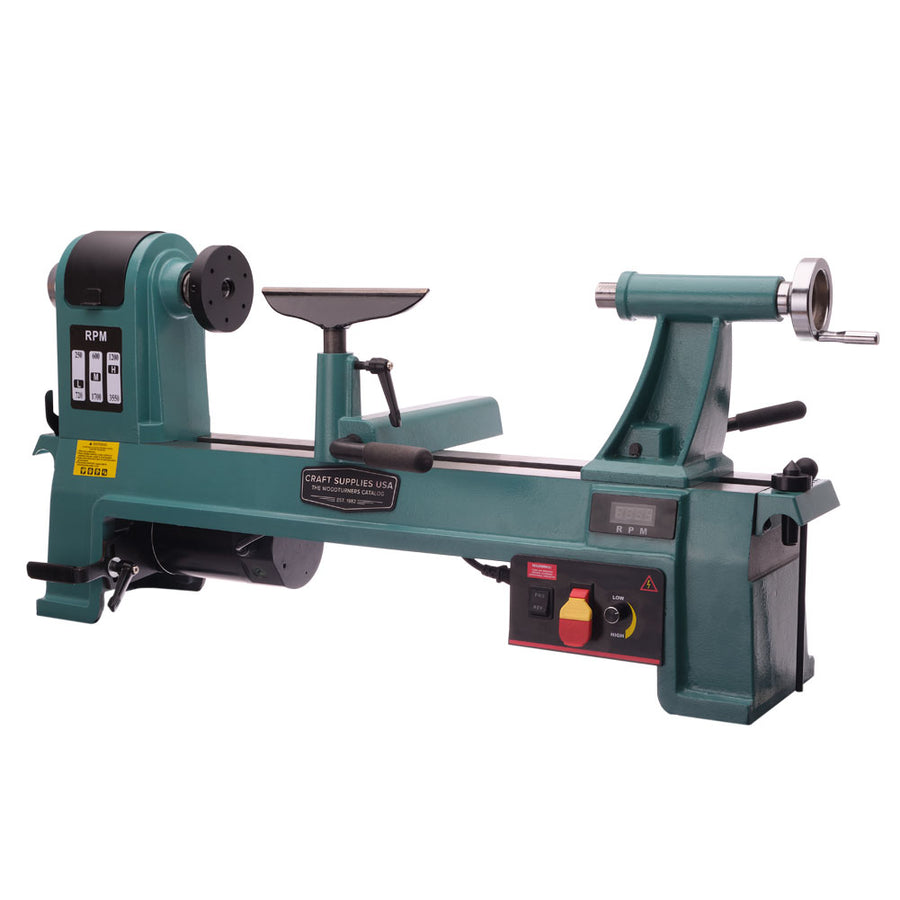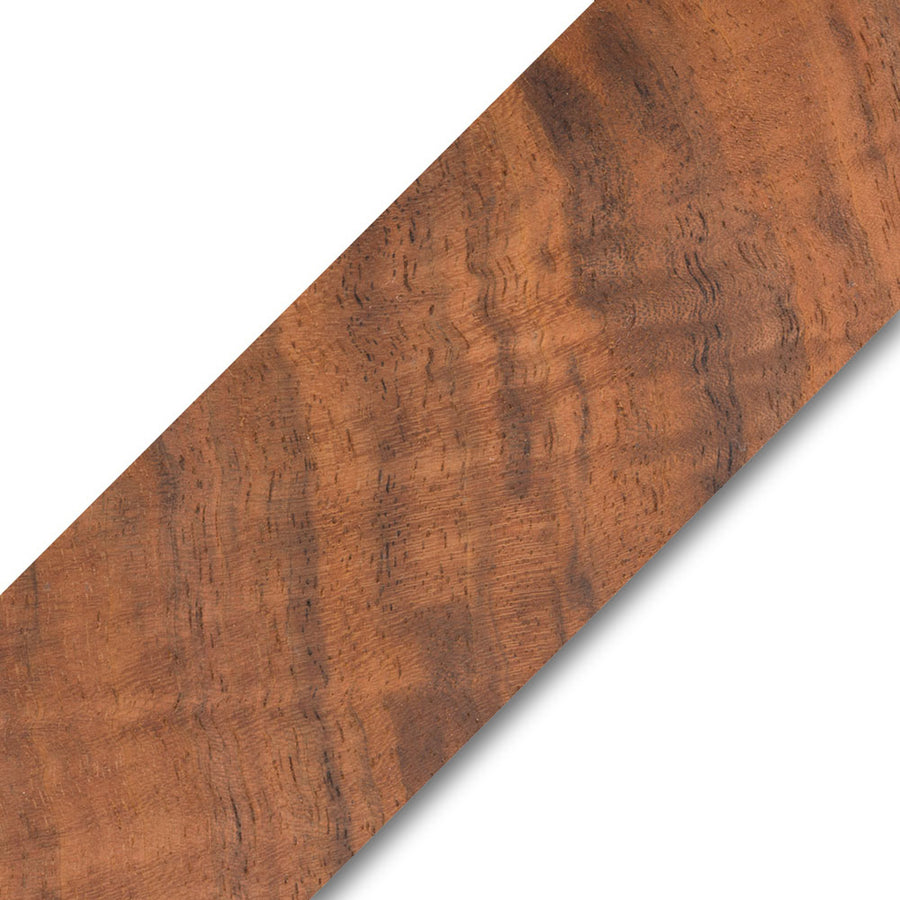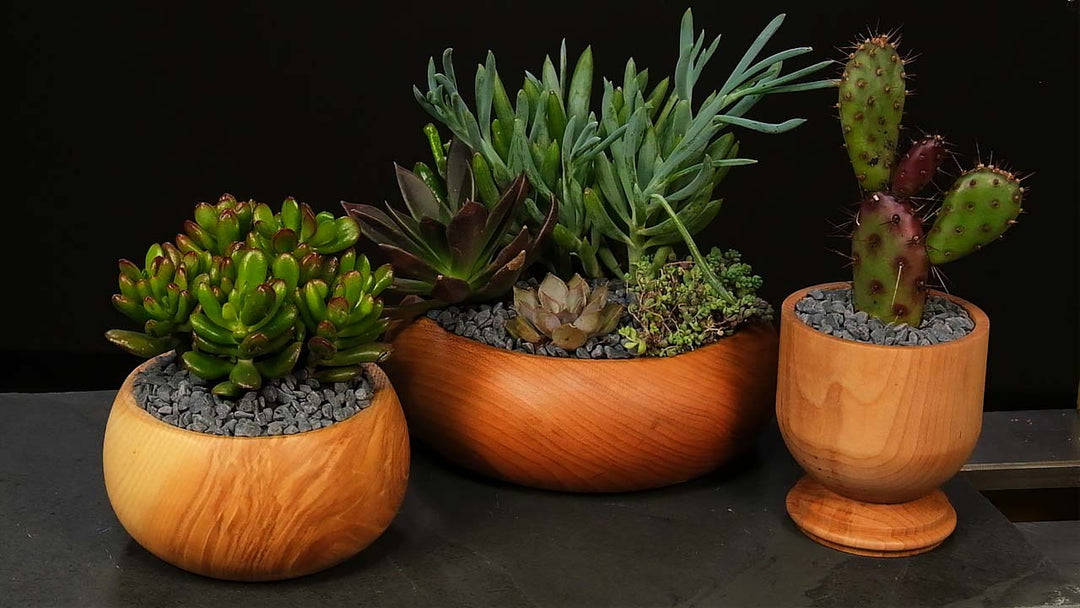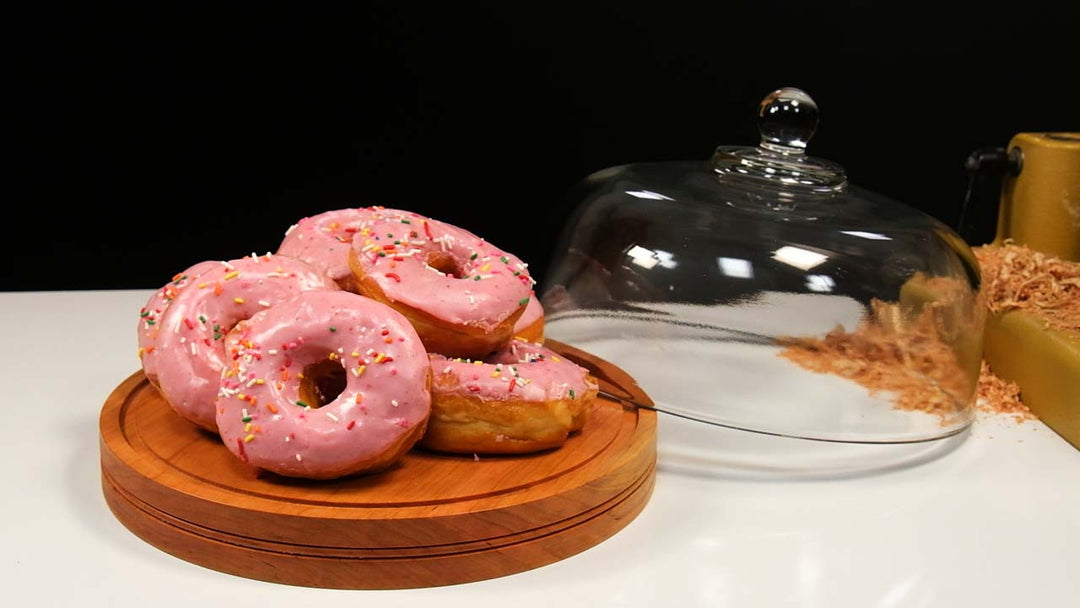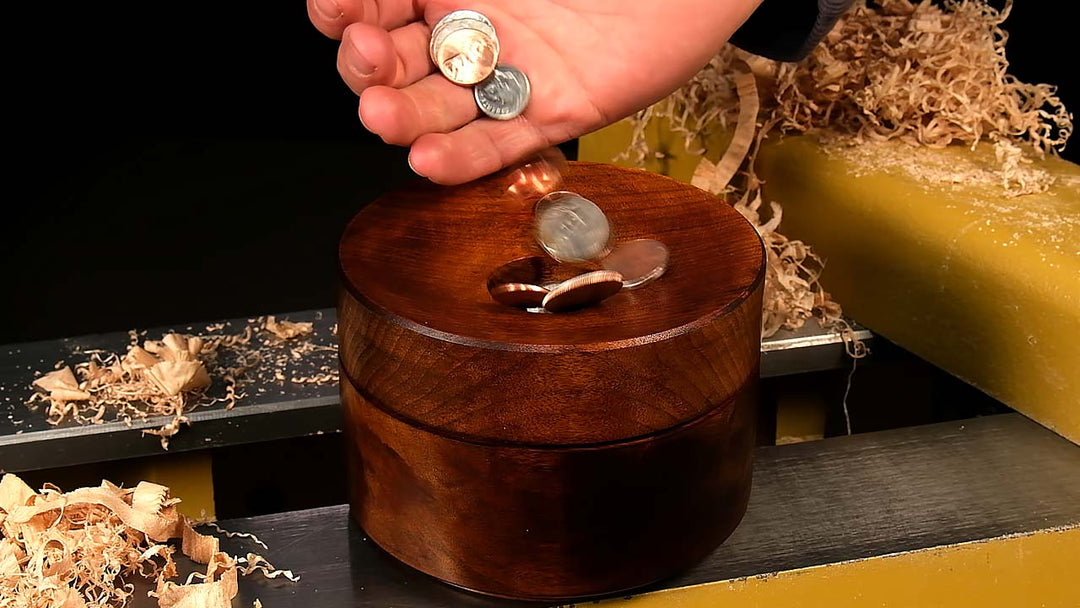The Essential Guide to Woodturning Scrapers
For too long, woodturning scrapers have been unfairly labeled as “beginner’s tools” or dismissed by purists. But as many world-class turners like Ray Key, Richard Raffin, Alan and Stuart Batty, and Glenn Lucas have demonstrated, knowing when and how to use scrapers is a game-changer. They’re not just for beginners; they’re essential for anyone looking to refine curves, achieve impeccable surfaces, and drastically reduce sanding time.
In this guide, we’ll take an in-depth look at woodturning scrapers, covering different profiles, their practical applications, and the surprisingly simple ways of sharpening them.
What Exactly is a Woodturning Scraper?
At its core, a scraper is a flat milled stock tool with varying thicknesses and widths. They typically feature a profile designed for specific cuts and applications. While some might have a double bevel (negative rake), most feature a single bevel. Their versatility is what truly sets them apart.
The Scraper Lineup: Profiles and their Strengths
We’ll explore several common woodturning scraper profiles, each with unique strengths:
1. The Spear Point Scraper
This is often a go-to tool for many turners, especially those with an extra-thick bar stock for minimal chatter. With its generous cutting surface and a typical 70-degree bevel, the Spear Point Scraper excels at shear scraping.
How to Use It: For shear scraping, hold the tool at roughly a 45-degree angle to the tool rest with the handle low. Lightly glide the cutting edge across the wood. This technique creates very fine shavings, not dust, and leaves a remarkably clean surface, even on highly figured or tear-out prone woods like poplar. It’s perfect for refining curves previously roughed out with a gouge, removing compression marks, and cleaning up bowl rims without causing tear-out.
Pro Tip: Be mindful of the very tip of the Spear Point during shear scraping to avoid catastrophic catches!
2. French Curve Profile Scrapers (Standard vs. Negative Rake)
The French Curve Scraper is invaluable for working on the inside of bowls, especially those with undercut rims. They offer a significant cutting area, making them highly versatile.
-
Standard Grind: This profile is designed for bulk material removal. It takes heavier cuts but can have a tendency to self-feed or dig in, especially when extended far over the tool rest. While powerful for shaping, it can leave more tear-out.
- Negative Rake Grind: This is where the magic happens for refining. A negative rake scraper has a top bevel in addition to the bottom bevel. This design dramatically reduces self-feeding and the risk of catches, making it incredibly controllable. It excels at taking off very fine shavings, leaving a clean surface even on challenging wood. You can use it more aggressively without fear, allowing you to focus on form and achieve superior surface quality. While the burr on negative rake tools might wear faster, the control and finish quality are unparalleled.
3. The Box Scraper
Starting as a square end scraper, a Box Scraper is custom-ground with a slight relief on the nose and a relief grind on the side. This specialized tool is designed to create crisp, sharp corners and straight walls inside boxes or for cutting accurate recesses for box lids. The relief grind on the side prevents the tool’s heel from interfering with the workpiece, while the slight radius on the nose keeps it from being overly aggressive. When using, keep your hand on top of the tool handle for added control, and ensure the tool is parallel to the bedways with the handle slightly raised to prevent digging in.
4. The Round Nose Scraper
Generally narrower, the Round Nose Scraper is ideal for smaller projects, particularly those requiring tight curves or radius bottoms/lids in boxes, or smaller bowls with severe undercuts where a larger French curve might not fit. It allows for precise shaping and greater design flexibility.
5. The Square End Scraper (The Blank Canvas)
Often seen as a starting point, the Square End Scraper is a versatile blank canvas for custom grinds. Many turners keep one with a negative rake grind specifically for deep hollowing inside boxes or vessels. This negative rake prevents it from becoming overly aggressive when working far over the tool rest, offering superior control for refining deep internal surfaces.
6. Custom Ground Scrapers
This is where your creativity comes alive! Scrapers are flat stock, meaning you can grind them to nearly any shape your project demands. Whether you need a specific radius for a birdhouse ornament, a unique profile for a small vessel, or a specialized hollowing tool, a square end scraper can be transformed to fit your exact needs.
Sharpening Scrapers is Easy
Keeping your scrapers sharp is surprisingly straightforward, especially when compared to gouges. The key is using a platform on your grinder and maintaining a consistent bevel angle, generally between 70 and 80 degrees. Anything blunter than 90 degrees can cause the tool’s heel to interfere, while angles much steeper than 60 degrees can become overly aggressive.
General Sharpening Steps:
- Set your platform: Use a protractor or simply match the existing bevel of your tool. Ensure the platform is locked down securely to prevent movement.
- Light pressure: Apply very light pressure against the CBN wheel (or stone wheel for more aggressive material removal). You’re looking to create a fine burr.
- Maintain profile: For Spear Point, French Curve, and Round Nose scrapers, gently swing the handle to maintain the tool’s intended radius. For Square End scrapers, keep the tool straight against the wheel.
- Negative Rake Sharpening: For negative rake scrapers, typically you only sharpen the bottom bevel until the top bevel becomes non-existent. Only then do you re-establish the top bevel. The goal is to maintain that crucial secondary angle.
- Cooling (for heavy grinding): If you’re reprofiling or removing a lot of material (especially on custom grinds), immerse the tool in water frequently to prevent overheating and damaging the steel.
Use a diamond hone for frequent touch-ups at the lathe, or take regular trips to the grinder to ensure your tools perform at their best.
Add a Scraper to your Tool Kit
Scrapers are powerful, versatile tools that deserve a prominent place in any woodturner’s kit. By understanding their unique profiles, mastering the techniques demonstrated, and keeping them sharp, you can significantly refine your curves, eliminate tear-out, and enjoy a cleaner, smoother finish straight off the tool, leading to less time spent sanding.
